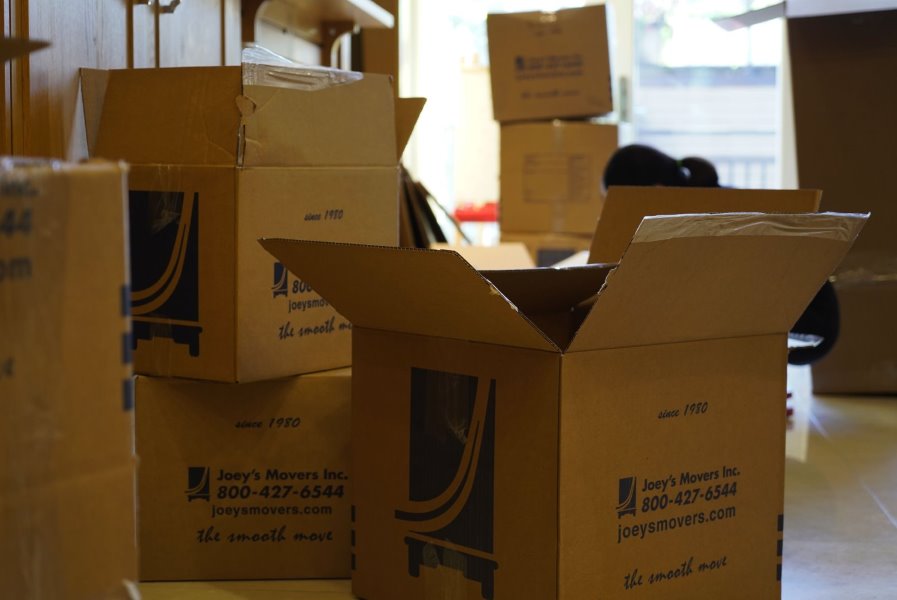Moving can be stressful, especially when it comes to packing delicate or breakable items. Whether you’re relocating across the country or just down the street, ensuring that your fragile items make it to your new home in one piece is crucial. Here are expert tips on how to safely pack breakable items for moving.
1. Get Packing Materials of Premium Quality
The most important step to securely package fragile items is getting the right supplies. You must have strong packing boxes, bubble wrap, packing paper, and foam peanuts. Packing paper: Wrap your breakables in clean, unprinted packing paper. This material is soft, so it can be wrapped around fragile items without damaging them.
Bubble Wrap: Another packaging material used to wrap fragile items tightly, bubble wrap provides even more cushioning. Apply your layers thickly; they should cover the item well.
Foam Peanuts: Use foam peanuts to fill in any empty spaces in the box to keep your items from shifting in the box during transport.
2. Wrap Each Item Individually
When packing breakable items, always wrap each one individually. Even if you’re packing multiple similar items, treat them as if they are the only ones in the box. This extra step will minimize the risk of them rubbing against each other and causing damage.
Place glassware, plates, and ceramics on their sides, as they are less likely to break that way. For fragile electronics, ensure all cords and components are securely packed to avoid damage during the move.
3. Label Boxes Clearly
After packing your breakables, make sure to label your boxes. Write “Fragile” or “This Side Up” on every side of the box using a wide, black marker. This will ensure that anyone handling your items while moving them is aware that they need to be extra careful.
It’s also useful to label what the box contains. For instance, writing “Fragile: Glassware” or “Fragile: Kitchenware” will be helpful to you or your movers when it comes time to unpack.
4. Use a Double Box for Extra Protection
If you’re transporting very fragile items, such as fine china or collectibles, consider using a double-boxing technique. First, pack the item in a sturdy box with padding. Then, place that box inside a larger box, surrounding it with additional packing materials. This method provides an extra layer of protection in case the outer box gets damaged.
5. Avoid Overpacking Boxes
Although it can be tempting to pack a box to capacity, do not overpack boxes; some things may get broken. Boxes that are overloaded could be too heavy or place too much pressure on fragile items inside. When packing items that can break, it is better to pack them in more boxes with fewer items, rather than trying to stuff them into a few bigger boxes.
6. Pack Fragile Items Last
When loading the moving truck, load your breakable items last. They need to go on top of the heavier things in the truck, and away from anything that could crush them. If you’re employing professional movers, inform them which boxes contain breakables and request that they treat them with extra caution.
7. Secure Electronics and Appliances
Electronics and appliances often have delicate components that can be easily damaged if not packed correctly. Start by removing any batteries or cords, and securely tape all moving parts. Use bubble wrap and foam to cushion your devices, and if possible, keep them in their original boxes. If you no longer have the original packaging, you can purchase special electronics boxes that provide extra protection.
8. Keep Important Items with You
For items that are particularly valuable or irreplaceable, such as heirlooms, antiques, or documents, keep them with you rather than putting them in the moving truck. Take Photos Before You Pack
Clearly and thoroughly photograph any valuable items before packing them. This can help with insurance claims if something is damaged during your move. Recording the condition of each item ensures you have a record in the event of an accident, providing peace of mind.
Final Thoughts
Packing fragile items for a move requires careful planning and the right materials. By following the tips outlined above, such as using quality packing supplies, wrapping each fragile item individually, and properly labeling boxes, you can ensure your breakables are well-protected throughout the moving process.



